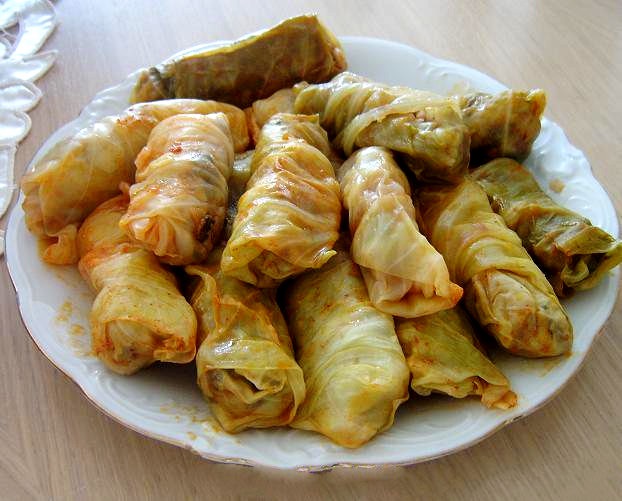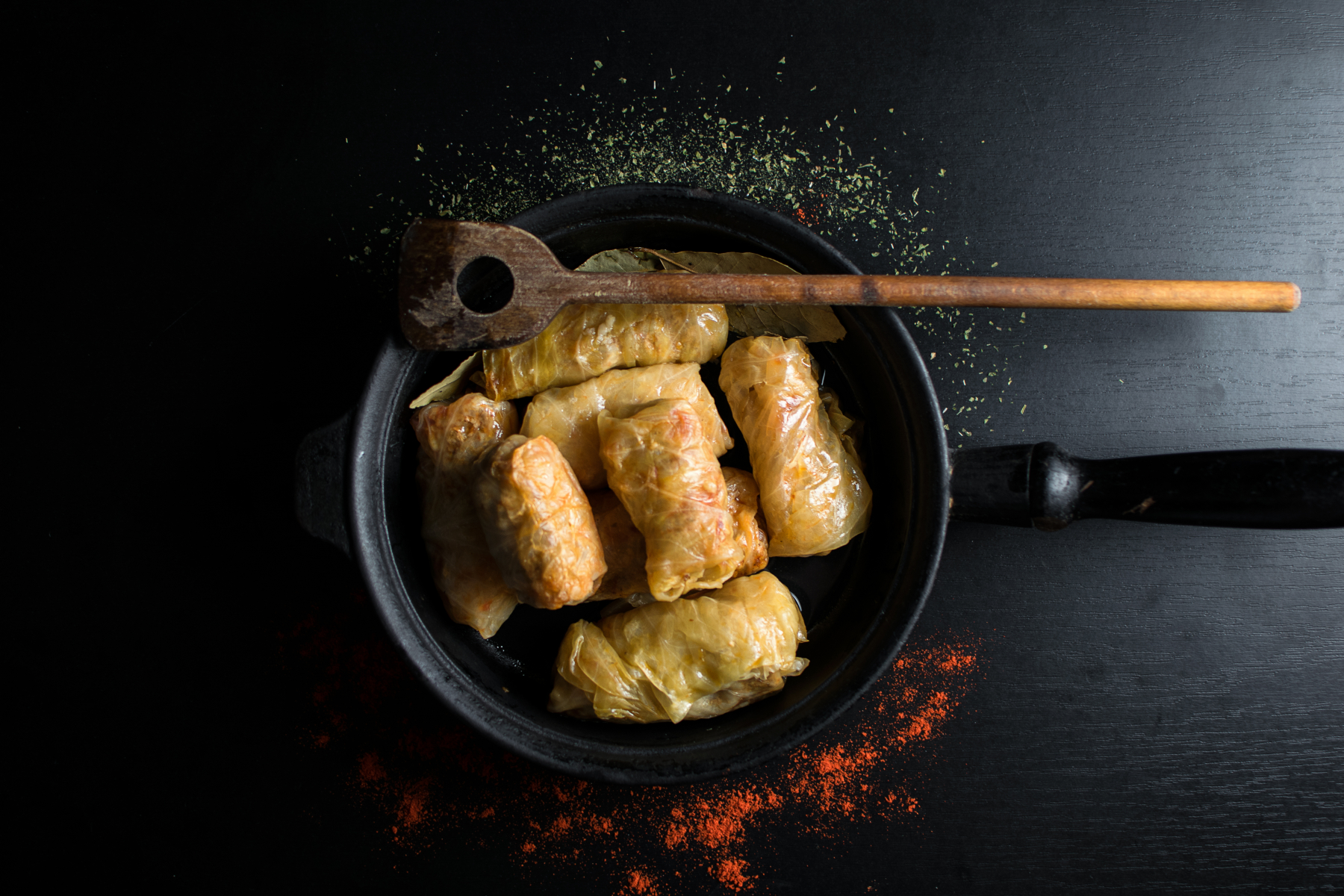As Christmas nears, one thing is certain across Greece: preparations for the festive table are in full swing. From Macedonia to Crete and from the Ionian Islands to Lesvos, Christmas feasts are planned with military precision and attention to the smallest detail. Wherever you go in at this time of year you’ll come across imaginative combinations and genuine tastes that make up a unique gastronomic map.
Lalangia
Lalangia (fried dough ribbons) are a traditional food from the Messinian and Laconian Mani regions, where no home is without them on major religious holidays. Indeed, preparing these was such an important part of any festivity that in the past, housewives would put all other activities aside to devote time to lalangia. On Christmas Eve, lalangia of various shapes – from simple circles to stars – appear on the festive table.
This special food goes perfectly with both sweet and savoury dishes, and you can combine it with honey, walnuts, raisins and cinnamon as a quick and easy dessert, or even enjoy itr on its own. Today, the popular Mani lalangia are sold in many pastry shops and bakeries, and you can easily make them at home and add them to your Christmas table.
Selinato
Customary, delicious and succulent. These words can be used to describe one of Greece’s most classic Christmas dishes, beloved by the young and old alike. Sometimes made with leek and sometimes with sweet potatoes, selinato is one of the well-established musts on the Christmas table. In this dish celeriac, the star ingredient it’s named after, is accompanied by stewed or boiled meat (it can be beef or pork, less often chicken. Popular in most of the country, but mainly in Lesvos and Macedonia, selinato originated in the region of Ionia and became firmly established in Greek cuisine after the Asia Minor Catastrophe of 1922. The dish is served with a thick “avgolemono” egg-lemon sauce or simply some lemon juice.
Msura
This oddly named dish hails from Thessaloniki and is an interesting trilogy of meat, vegetables and rice. It consists of stuffed chicken with rice and chopped livers that are roasted on a baking tray lined with celery. Along with the chicken, however, some pieces of beef and pork are also roasted. This interesting taste combination is the ultimate Christmas combo, as it combines all the festive flavours in one pan. Beware though. The food must be set up in four layers in the pan so that meat, vegetables and rice are cooked in harmony for a perfectly tasty result. Interesting variations of this dish are the chestnut msura for a sweeter touch, while if you want a more western touch, you can add plenty of cheese to the different layers of the pan. But there’s something you need to know before you decide to set msura on your table: baking time can be up to six hours!
Poutrida
Either with “kavole” or “mapa” – cauliflower and cabbage in the local dialect respectively – the favourite Christmas dish of Kefalonia can’t miss from the festive table. Roughly chopped pieces of pork in soft-boiled cabbage or cauliflower combined with hot spices, sauce and peppers make up a stately feast of mouthwatering tastes that fits perfectly on the Christmas table. Despite Kefalonia’s Italian-Venetian past, poutrida is a dish of Ottoman origin that was extremely dear to the Sultan’s Sarai although it remains unknown how it came to be a favourite festive dish in the Ionian Islands.
After the long hours of boiling, the cabbage and cauliflower become so tender that they “dress” the delicious pork like a spicy cream. Once you take the food out of the pot, don’t forget to add a little pomegranate to give it an added Christmas touch. If you’re not a fan of hot spices, you can simply emit them and add a few mild peppers for a different flavour.

Sarmades
The Christmas meal cannot go without sarmades from the Pontus region, as the popular dish is an absolute must during festive seasons or important occasions for every Pontian family. Rice and minced meat are tightly wrapped in cabbage leaves and patiently left to simmer in a large pot. The result? Dozens of rolled-up taste bombs that are mathematically placed on a large platter in the centre of the festive table. As delicious as they may be, sarmades is a dish that to be executed well requires a certain “science”, because you have to calculate exactly how much filling to use in order to easily and efficiently wrap each one so that it doesn’t fall apart in the pot. As for how many sarmades you need to roll, that’s another story.
Spargana
The dish, a customary recipe originating from Epirus, is still one of the most beloved regional traditions to this day. More reminiscent of a kind of pancake made with flour salt and oil-free porridge, spargana was traditionally cooked on a huge stone that served as a cooking surface in the fireplace. The thick flour porridge was poured directly onto the hot surface of the stone and cooked until it became a thin, fluffy pancake. Prepared in a process quite reminiscent of pancakes, spargana was served with plenty of honey or sugar and was a timeless favourite treat for children.
Today, the dish has been revived as a Christmas tradition and every year in many areas of Epirus on Christmas Day you will see it being baked in the middle of the street, where you can stop and try it on the spot. Again, if you want to add the Epirus dessert to your festive table, you can easily make it at home and serve it after the main meal with plenty of honey, raisins and cinnamon to get you in the festive mood.
Prasotigania
One of the most popular dishes in many regions of Central Greece is the prasotigania. Chopped pieces of pork are cooked with fresh leeks with onion and plenty of olive oil. The leek with its powerful, sweet taste perfectly matches the well-roasted protagonist on the Christmas table, while the soft texture of the caramelized vegetables combined with the roasted meat leaves a flawless texture that you definitely can’t help but want to share at your festive feast.
Read also:
Christmas and New Year traditions in Greece
3 villages very close to Athens bring all the magic of Christmas to life
Christmas in one of the most beautiful mountainous destinations of eastern Greece







